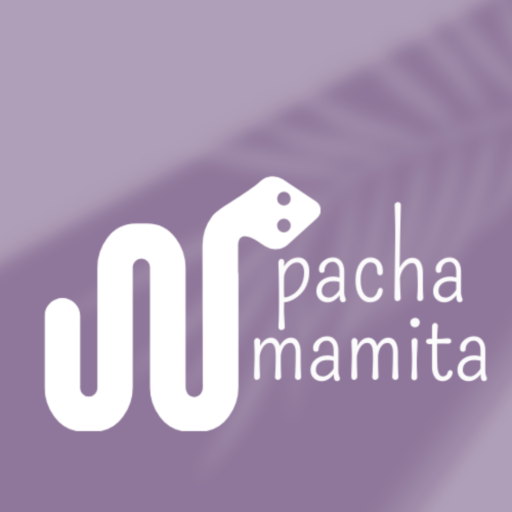For more than 4,000 years, people from the Valdivia culture were able to navigate the high seas, as they made pilgrimages to an island considered sacred - the island of La Plata - located 30 kilometers from the coastal strip.
The artistic representation shows canoes carved from a single trunk, a technique that is also present in later cultures such as Chorrera, which also represented another means of navigation known as "caballito de totora" that was used only for coastal fishing.
Open sea navigation allowed the construction of new networks of exchange and communication. Some five centuries before the beginning of our era, maritime contacts with peoples in western Mexico, Central America, Colombia and Peru were already regular (Stothert, 2006).
But it was in the centuries before the arrival of the Spanish invaders that navigation reached its maximum development with the Manteño-Huancavilca culture (500-1232 AD). Ocean travel was made possible thanks to the construction of large vessels and the use of novel navigation techniques unprecedented in America, linked to the knowledge of the properties of balsa wood.
The habitat of balsa wood (Ochroma logopus) and guadua cane (Guadua augustifolia), essential materials in the construction of these boats, is concentrated on the Ecuadorian coast. The exclusive appropriation of these products assured the ancient inhabitants of the Ecuadorian coast a monopoly on the design and navigation techniques used. (Marcos, 2006)
Both balsa and guadùa poles are light materials that gave these boats great stability and the ability to navigate on the high seas, even against the wind. To do this, apart from the sail, they used the guaras method -different from the rudder- which consisted of sinking or raising boards placed vertically both at the bow and at the stern, which made the boat, with a great load capacity, change course easily, making as many turns as necessary.
In 1526, the first Spanish ship to reach the Ecuadorian coast in search of exploration came across a raft carrying a large cargo that included, among other things, obsidian mirrors with silver frames, richly embroidered fabrics, gold and silver jewelry, black ceramic vessels and some emeralds, but above all, a large quantity of Spondylus shells. The cargo capacity was 30 large barrels (approx. 25 tons) (Samano 1990).
All these items had a high symbolic value in a world full of religious feelings (Stothert 2006), especially the Spondylus shell – found only between the coasts of Ecuador and Mexico and appearing occasionally with the warm current of El Niño – which was considered to be a “rain-caller”. For this reason, the sailors from Manteno, apart from the shells they could obtain on the Ecuadorian coast, travelled north with the intention of stocking up on a larger quantity of them. Their purpose was to later take them south and deliver them to the people who did not have this spiny oyster. In exchange, they obtained lapis lazuli, turquoise, copper, from Peru and northern Chile.
![]()
